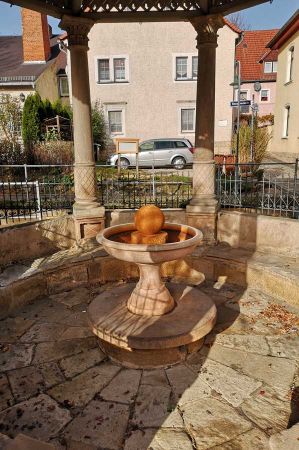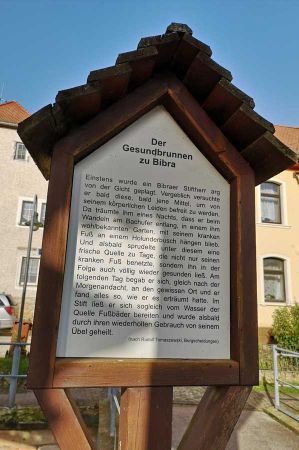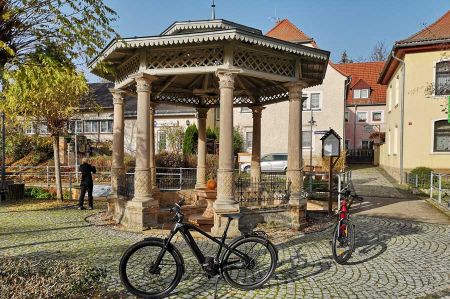Bad Bibra - Finne Kneipp cures and cycling
- Written by Portal Editor
The small town of Bad Bibra is in the Saale-Unstrut tourist region and in the Saale-Unstrut-Triasland nature park, a destination for us that we have already visited several times with the HNF bikes.
In addition to the wonderful hiking and cycling routes, the place offers Kremser rides, orchid hikes in the Bibra forest and two interesting viaducts in the forest that belonged to the Laucha – Lossa railway connection, which was closed in 1993. We had recently visited the 12 Apostles Bridge and reported about it.
A little local history of Bad Bibra

From 1100 until shortly after the Reformation there was an Augustinian monastery here. In 1124, the Bad Bibra area was given market justice. In the frequent feudal wars of the Middle Ages, but also especially in the Thirty Years 'and Seven Years' War, Bibra was repeatedly destroyed, pillaged, and plundered.
From 1485 part of the Albertine Duchy, since 1547 of the Electorate of Saxony, where Bibra belonged to the Eckartsberga office of the Thuringian district. During the fraternal division of the Dukes of Saxony, Bibra fell to the von Weißenfels, under whose government it became a “fashion spa” and thus flourished to a certain extent. Every year they stayed here for several weeks in order to use the steel springs and thus brought a lot of life to the place. In 1812 the march of Napoleon's "great army" to Russia led the army past Bibra. In 1815 Bibra became Prussian. In 1848 the local doctor Dr. Stockmann elected MP in Berlin. Under his leadership there was a referendum in Bibra, but it was suppressed. In 1848, during the Revolution (German Revolution 1848/49), the city was one of the most important uprising areas in Prussian Thuringia (Province of Saxony).

The town parish from the 16th century, the neo-Gothic town church and the town hall with the town's landmark, the beaver, are worth seeing. From 1869 to 1871, today's St. Maria Magdalena was built on the site of the former dilapidated collegiate church. The town church has an organ from the Wilhelm Heerwagen workshop with 24 stops on two manuals and a pedal from 1871. The instrument is the largest of the company in the region from 1855 to 1892 in Klosterhäseler. The organ prospect forms an architectural unit with the neo-Gothic nave.
Healing and relaxation at the ridge of Finne
The tranquil Finnish town of Bad Bibra in the Saale-Unstrut-Triasland nature park was particularly blessed by the power of nature. The former baroque fashion bath of the Dukes of Saxony-Weißenfels has amazingly iron-rich spring water from the local Gesundbrunnen. In the center of the bathing area there is a Kneipp water treading basin: Just a few steps in the soothing spring water allow your circulation and metabolism to achieve a harmonious balance. During a Kneipp walk through the city forest, you will discover the history of the time-honoured spring. It is said that Duke Christian was even cured of his eye ailments by repeatedly using Bibra spring water.
"Nature gave us plenty of everything we need to stay healthy," Pastor Kneipp once said.
Please read as well:
By bike to the springs of Bad Bibra
ecoFinne GbR - live & live
